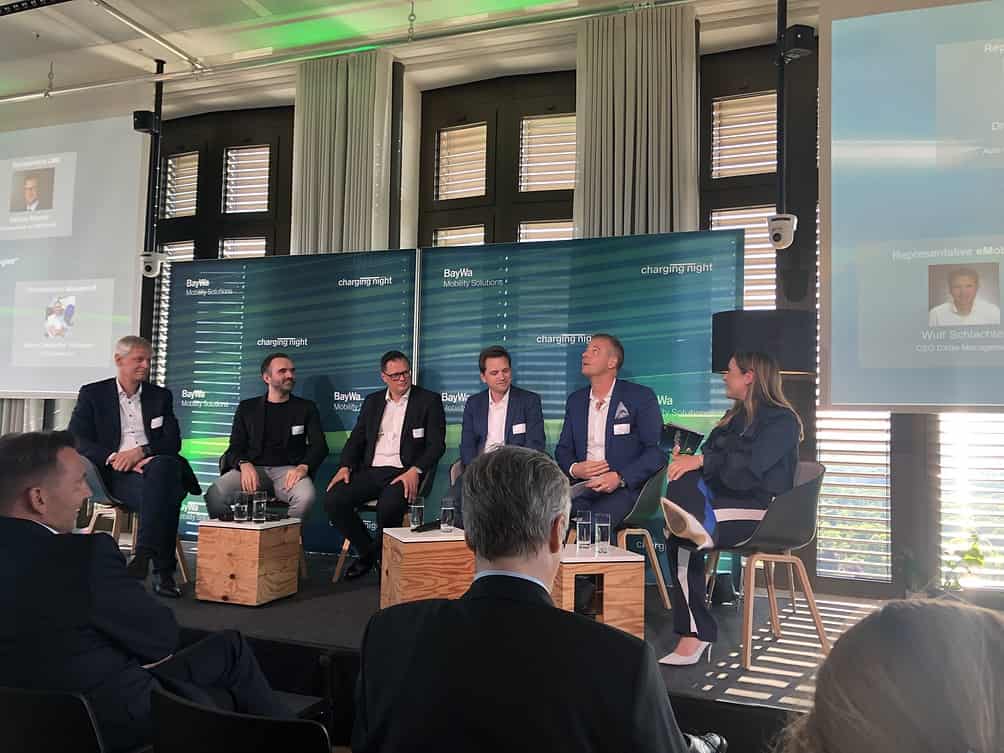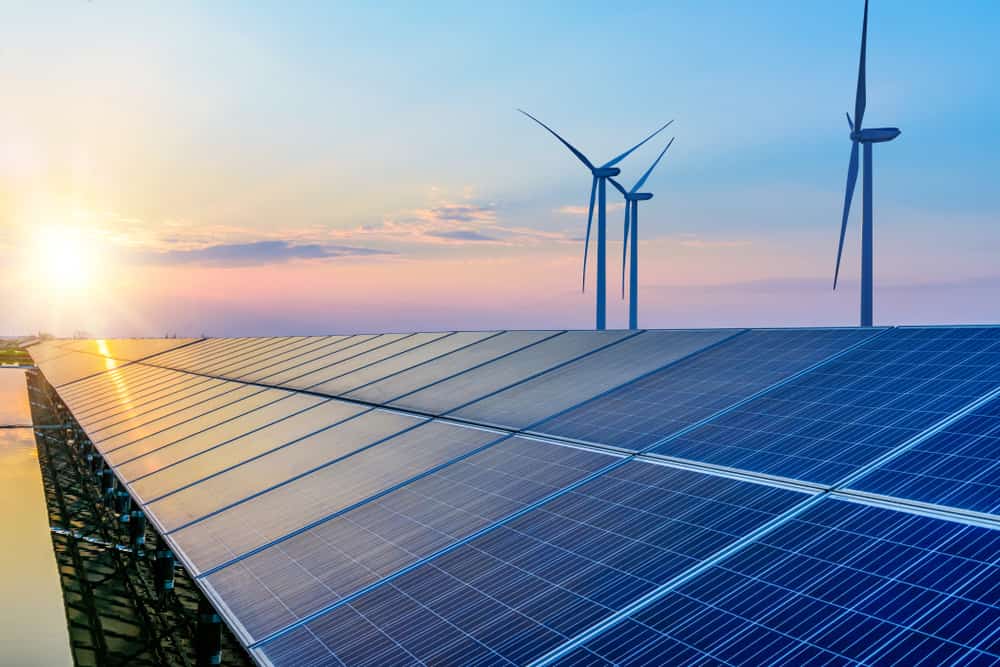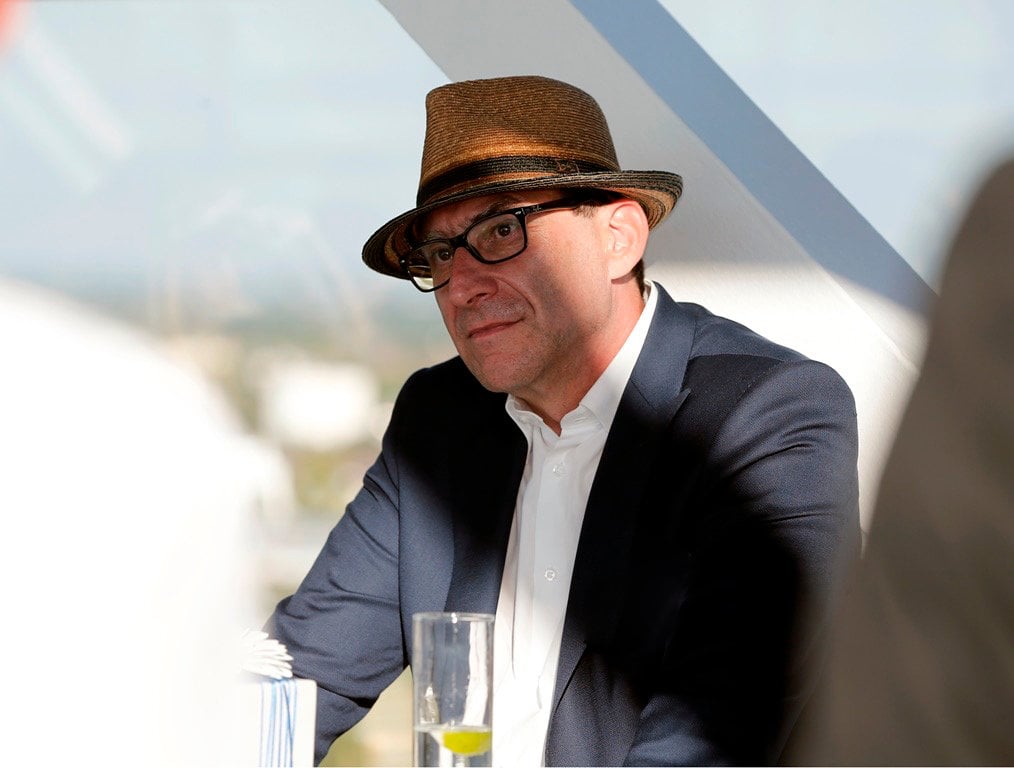
On Tuesday last week I was invited to an event of the “BayWa” in Munich. “BayWa” was founded exactly 100 years ago, initially to support domestic (Bavarian) agriculture. In the meantime, the company has expanded its activities to the construction and energy sector and digitalization.
With the first “Charging Night – The Stage for Mobility Creators”, the company wanted to demonstrate its “New Mobility” expertise and present top-class thinkers and doers in the energy and transport transition to an expert audience.
Fascinating, however, was a panel discussion between 5 top-class experts on the topics of eFuels, LNG, hydrogen, and eMobility. Exciting because here, four completely incompatible approaches seemed to meet. The motto was: “Interplay of propulsion technologies” against the background of heavy-duty traffic.
Technology openness
Naturally, the word “technology openness” was mentioned several times, which was particularly appealing to fans of the “pure doctrine” of electromobility. Its advocates are quite sure that hydrogen, eFuels, and even LNG are a dead end in the transport of the future. At most, hydrogen trucks for long-distance travel are given a chance. Moreover, eFuels are far too important, expensive, and rare for mass transport.
Costs hardly in view
What is always striking about the rather uncompromising discussions is when hardly any position is taken on costs and markets. After all, it was the markets that decided in the past, not enforced specifications. That’s why diesel is and remains the order of the day for many haulers, especially those in Eastern Europe. They wouldn’t even dream of switching to battery-electric, let alone hydrogen, because the route from Spain to Warsaw is long and not feasible with batteries because of the lack of infrastructure. But with hydrogen, as with electromobility, that is supposed to change – or so the EU wants.
The LNG lobbyist in the discussion naturally presented his solution as the way out of the dilemma, and the eFuel expert, founder and president of the car club “Mobil in Deutschland e.V.”, put his faith in eFuels, which are supposed to make the existing fleet climate-neutral in one fell swoop. Did he know what quantities he was talking about when he referred to the Porsche research installation in Chile? Because when it came to the numbers, they all roundly failed, except for one, the CEO and co-founder of HYNERGY GmbH, Dr. Tobias Brunner, ex-BMW manager.
The expert for hydrogen presented his figures with frightening precision, had the figures of the competing technologies and the contents of the latest EU decisions perfectly at hand, and thus gained the respect of those present, most of whom came from the electromobility corner.
Did you know, for example, that the first modern hydrogen filling station is already under construction in Bavaria, which also no longer has to contend with the famous pressure problem when several trucks have to be refueled one after the other?

The company also builds a large-scale electrolyzer that works cleverly with renewable energies. The trick: the electrolyzer only works when the energy is not needed elsewhere or, as is often the case at present, cannot be dissipated because too much solar energy is available. Whether this will be effective? Brunner sees the model project primarily in the context of countries in the Middle East and elsewhere, where the many hours of sunshine make production particularly cheap.
Speaking of cheap: Saudi Amoco wants to produce hydrogen extremely cheaply. The kilowatt hour there costs just one cent. Thus, the energy input for 1 kg hydrogen (approx. 33 – 55 kWh) alone would cost as much there as the kWh for a German household.
Am I now suddenly advertising hydrogen?
Not at all. Energy production in industrialized nations like Germany is currently more than on the brink of collapse. Since the Germans withdrew from (local) nuclear energy, it has dawned even on the ideologists in the coalition that the purchase of nuclear power from France, which has increased significantly since then, is not very effective in the long run. Moreover, when there is an oversupply of renewable electricity, Germany even pays other countries bonuses for taking the surplus.
It’s the energy prices, dummy
In fact, the much-vaunted social justice stands and falls with favorable prices for CLEAN energy. Germany is further away from this than ever because the sun and the wind don’t send a bill, but the price won’t go down, even after the shutdown of the last nuclear power plants – on the contrary. An increase has just been announced again.

Electrification on the brink
As a result, the country’s decarbonization continues to hang in the balance. Electromobility currently only pays off for homeowners with PV systems and the switch to heat pumps & co is also slowed down by this. The energy-intensive industry is increasingly considering leaving the country – the USA and other nations have recently rolled out the red carpet for those willing to switch. One of the last companies to produce solar cells in Germany is therefore considering emigrating to the USA. The government’s only answer is further subsidies, a further market distortion.
Technology openness
In the meantime, the heads of the eco-movement outlaw the word “technology openness” as a term of the eternally outdated. In fact, however, only an interplay of all possibilities ultimately guarantees a socially just future – and not only for wealthy “good people”. While it is possible to store energy with batteries, it is probably more effective to store it with cheap hydrogen, which is also seen as a panacea for decarbonization in many sectors of the economy. Just think of the steel and aluminum industries.
Dr. Brunner summarized this in an appellative sentence: “Germany became known as the land of engineers and innovators, but for some time now, it has increasingly become the land of thinking bans – this must not continue.”
There is nothing to add to this.

